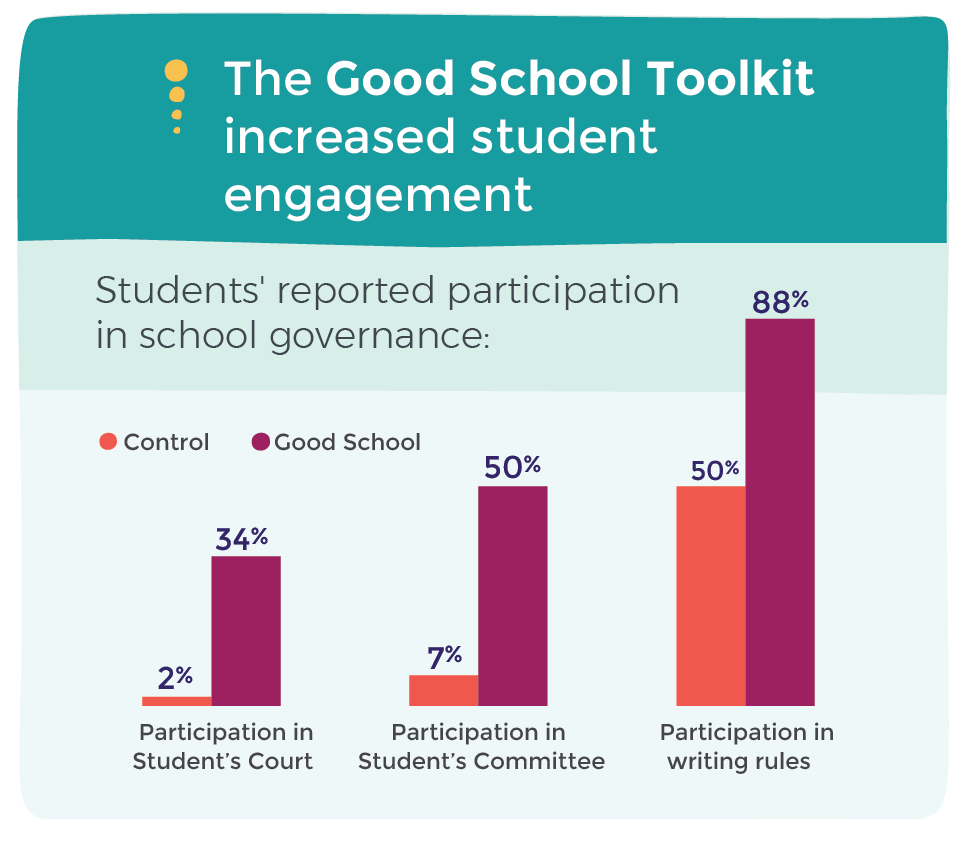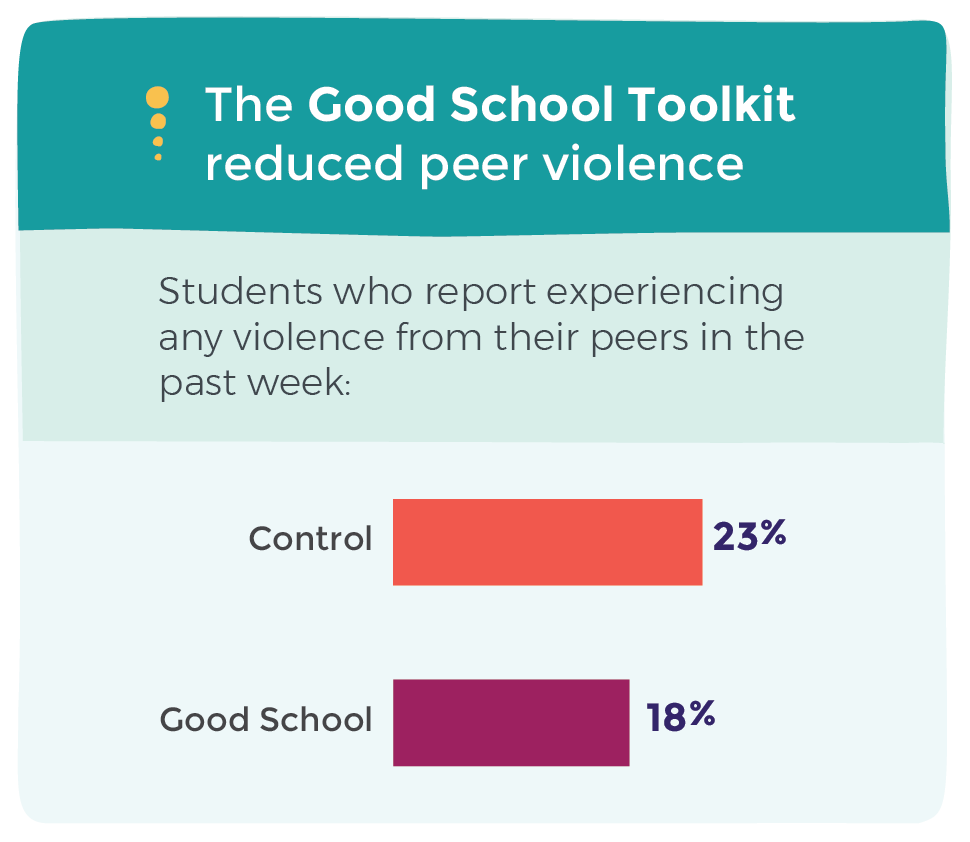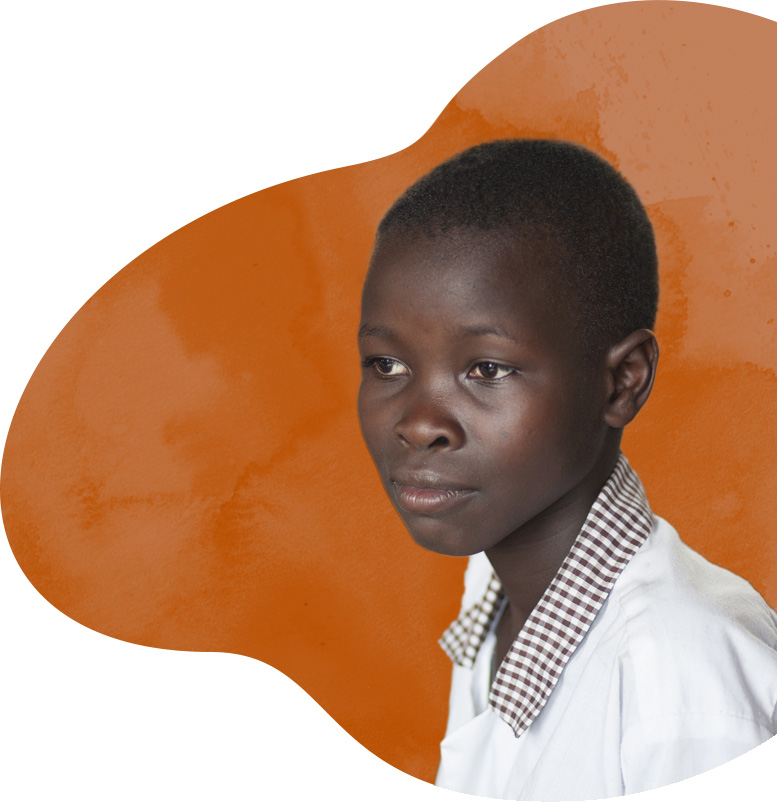Hello, you are using an old browser that's unsafe and no longer supported. Please consider updating your browser to a newer version, or downloading a modern browser.
Hello, you are using an old browser that's unsafe and no longer supported. Please consider updating your browser to a newer version, or downloading a modern browser.

From the time we first began work on the Good School Toolkit, we knew that evaluation would be an essential part of determining whether—and how—it worked. From 2012 to 2014, we embarked on the Good School Study with two trusted partners, the London School of Hygiene and Tropical Medicine and Makerere University, to provide solid evidence of the Toolkit’s impact in schools.
The research was designed according to the highest standards of rigor and involved a randomized controlled trial. Qualitative research, process evaluation and economic analysis were also conducted to gain a holistic understanding of pathways of change and associated costs of the program.
We collaborated with 42 primary schools in Luwero district for the Good School Study: 21 “Good Schools” implementing the Toolkit and 21 control schools with no intervention. Over several years of intense work, we learned the ins and outs of impact evaluations, qualitative research and costing studies. (See our learning paper for details.)
Importantly, we also gained vital information about the Toolkit’s impact in schools:


Additional high-level findings include:
Beyond generating evidence of program impact, the Good School Study found the program is relatively low-cost and has led to over 20 peer-reviewed publications in journals, a popular synthesis report and several programmatic resources.
This research, alongside our practice-based learning, has enhanced the Toolkit and informed subsequent revisions and adaptations.

They used to cane us all the time. When you returned late after break, they would cane you. If you performed poorly in a test, they would cane. They used to cane us all the time, for even small mistakes. We used to live in fear all the time. But now, our teachers are friendly. They are using positive discipline to help us.
